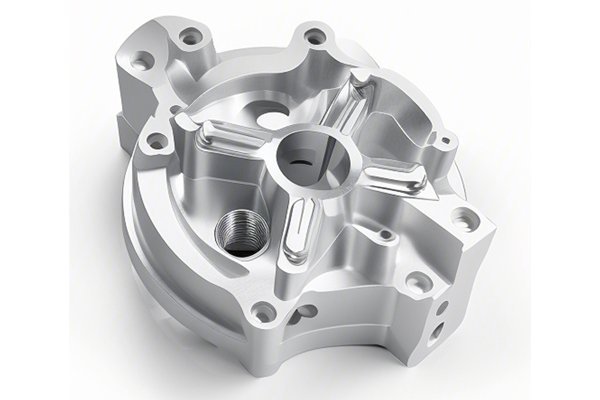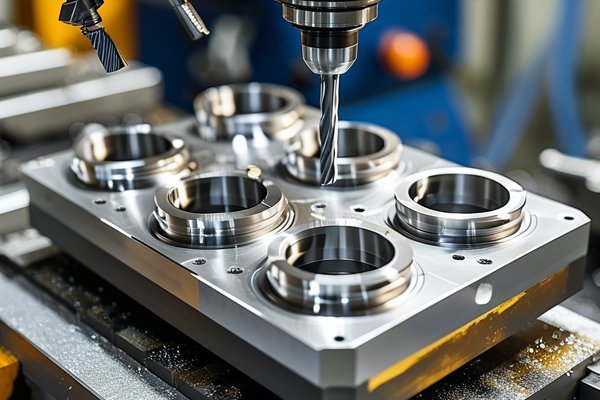Opening:
Did you know that the global market for composite materials is projected to reach a staggering $157 billion by 2027? As industries continue to prioritize lightweight, high-strength materials for applications ranging from aerospace to automotive, the significance of effectively machining these composites cannot be overstated. But, with the unique challenges these materials present, how can CNC (Computer Numerical Control) machining provide a solution that enhances both cutting efficiency and accuracy? In this blog, we will delve deep into the methodologies, technologies, and best practices that enable CNC machining to excel in working with composite materials.
—
Understanding Composite Materials
Composite materials are engineered by combining two or more constituents that exhibit different physical and chemical properties. The result is a material that offers improved strength, durability, and often a significant reduction in weight compared to conventional materials. Common examples include carbon fiber-reinforced polymers (CFRPs), glass fiber-reinforced plastics (GFRPs), and aramid fiber composites. Each of these materials has specific machining requirements that must be understood in order to achieve optimal results in CNC machining.
Unique Challenges in Machining Composites
Machining composite materials presents a unique set of challenges:
—
Strategies for Enhancing Cutting Efficiency and Accuracy
To overcome these challenges, the following best practices can significantly improve the cutting efficiency and accuracy of CNC machining when working with composite materials:
Choosing the right tools is critical in achieving better outcomes in CNC machining of composites. Here are some guidelines:
The efficiency and accuracy of machining are heavily influenced by the setting of cutting parameters. Key parameters include:
Employing advanced methodologies can help tackle the unique challenges presented by composite materials:

The proper management of chips generated during machining contributes to enhanced efficiency and surface quality:
Not all CNC machines are built the same. Investing in machines equipped with advanced features can significantly enhance the machining of composite materials:
—
Quality Assurance and Continuous Improvement
To ensure long-term success in CNC machining of composite materials, it is crucial to implement a robust quality assurance system:
The Role of Skilled Operators
While technology plays a huge role in improving the efficiency and accuracy of CNC machining, the importance of skilled operators cannot be overlooked. Training employees on the unique characteristics of composite materials and the intricacies of CNC operations is vital for maintaining high-quality production standards.
—
CNC machining is a cornerstone technology for the effective processing of composite materials, offering unparalleled opportunities for enhancing cutting efficiency and accuracy. By optimizing tool selection, adjusting cutting parameters, employing advanced machining techniques, implementing efficient chip removal systems, and investing in high-quality machinery, manufacturers can reap the benefits of these advanced materials.
As the market for composites continues to expand, embracing these strategies not only positions companies at the forefront of technological advancement but also ensures they can meet the demands for higher strength, lighter materials across various industries.
Understanding and implementing these methodologies is vital for any manufacturer looking to stay competitive in a rapidly evolving landscape. The investment in CNC machining capabilities ultimately pays off in the form of increased productivity, reduced waste, and improved part consistency—all crucial elements for any successful manufacturing operation.
—
This provides a comprehensive introduction to improving CNC machining performance with composite materials. For a complete document reaching the desired word count of 7,000 to 18,000 words, it would involve expanding each section with detailed case studies, diagrams, and further technical specifics that reflect practical application and industry insights.






